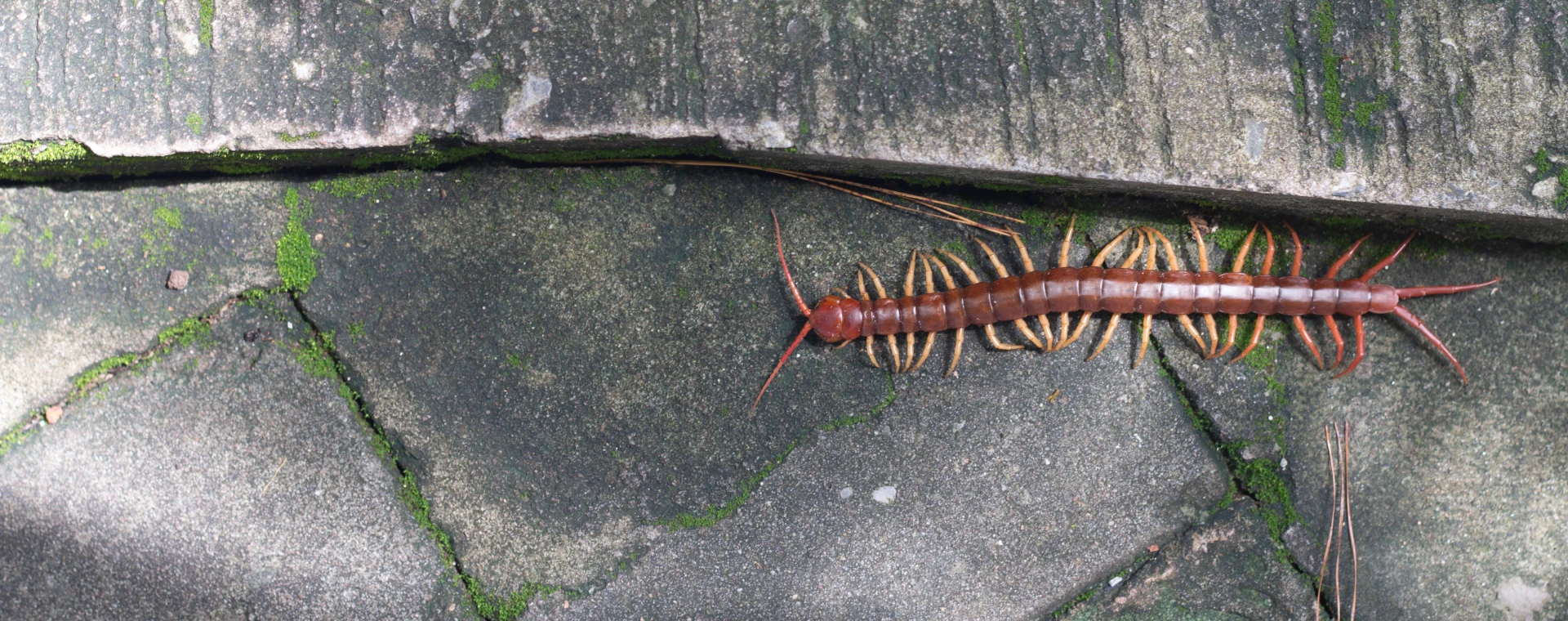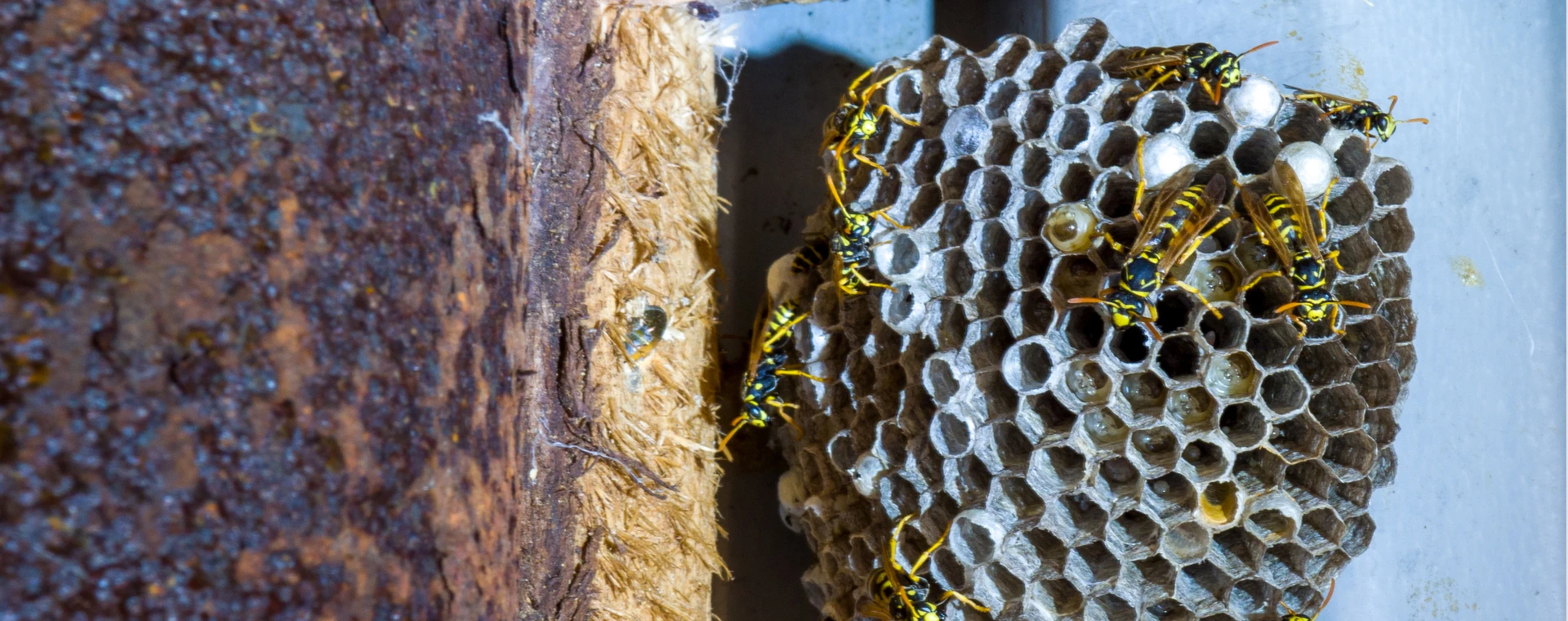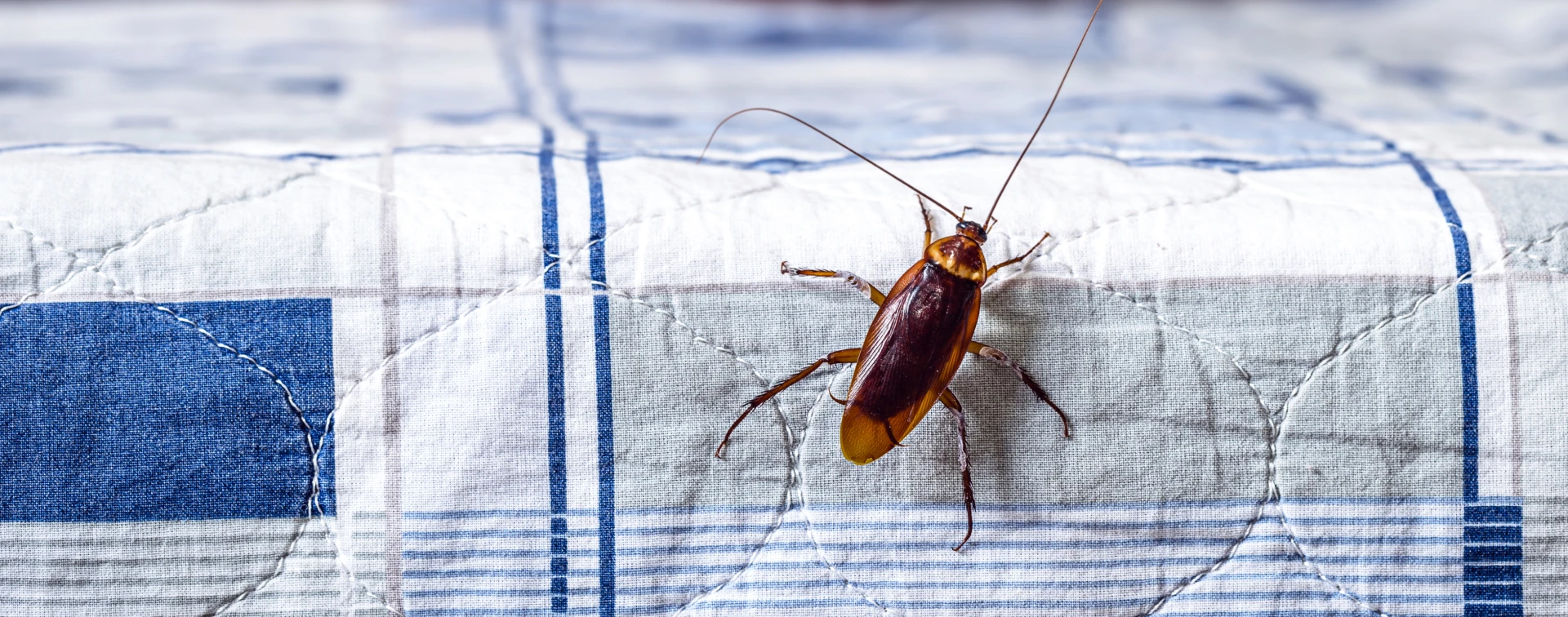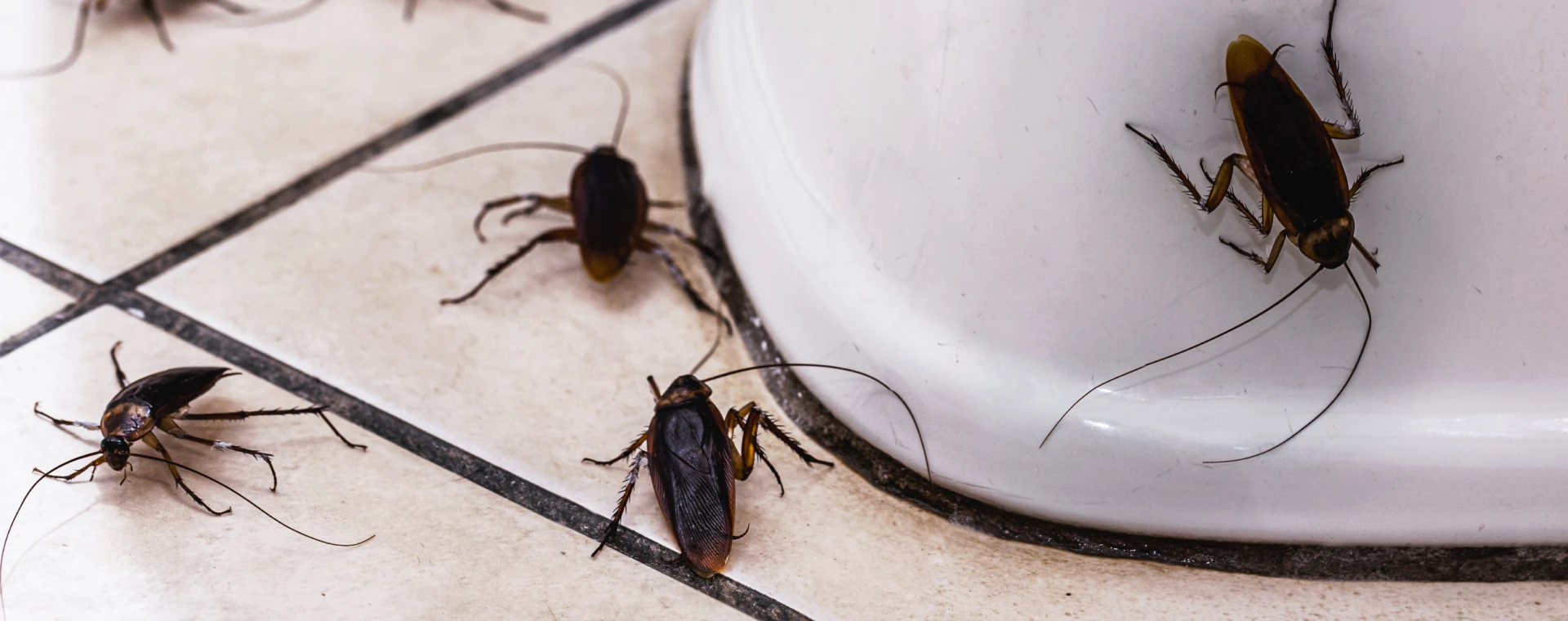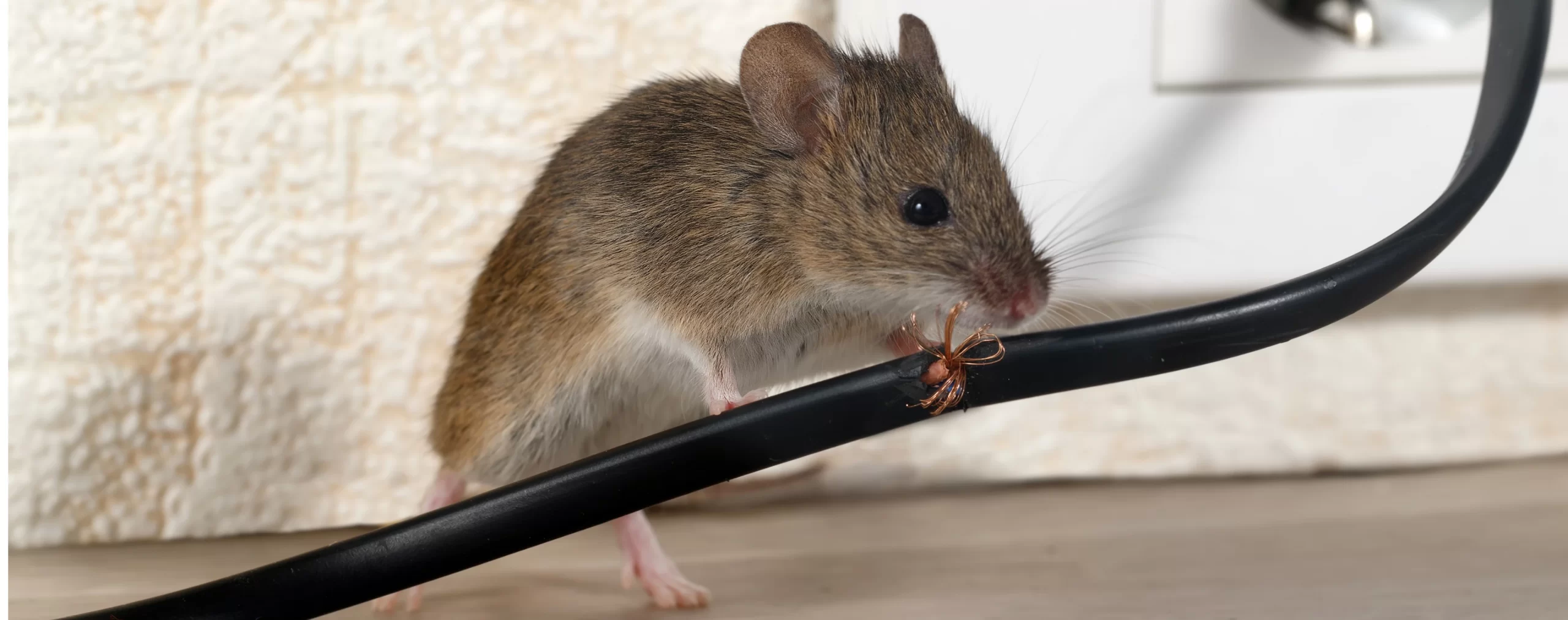Centipede removal is a top priority for many homeowners, even if centipedes may not be as harmful as other pests and insects that live within your home.

Let our team help you with centipede removal in Toronto in 3 simple steps
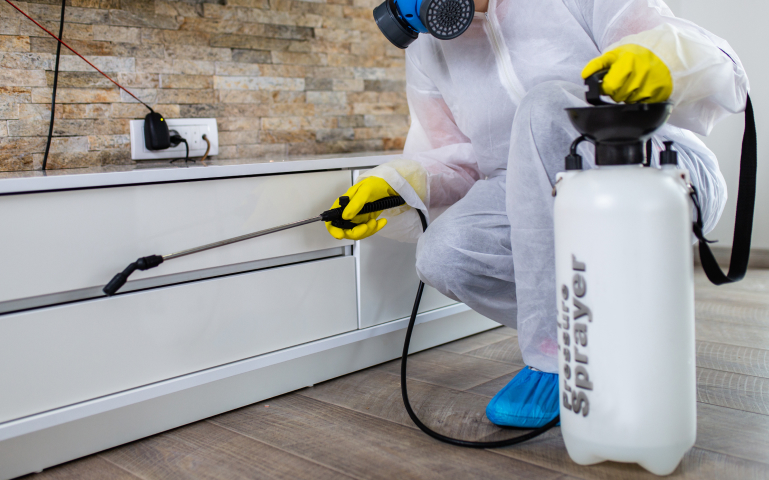

Step 1
Our pest control specialists will come and treat the external perimeter of the house as well as administer a residual insecticide throughout the entire home. We can offer either outdoor or indoor treatments. By the time we finish, the centipedes will be permanently gone.



Step 2
Our experts address chronic centipede issues by reducing the types of structures that can support their presence. This includes the removal of boards, garbage, stones, compost heaps, and other potential hiding places around your home or yard.


Step 3
In addition, caulking and other exclusion methods may be effective in preventing centipedes from re-entering homes or other structures. Recurring treatments can be applied to cracks and other hiding places, providing excellent pest control both indoors and outdoors.
Other Popular services






